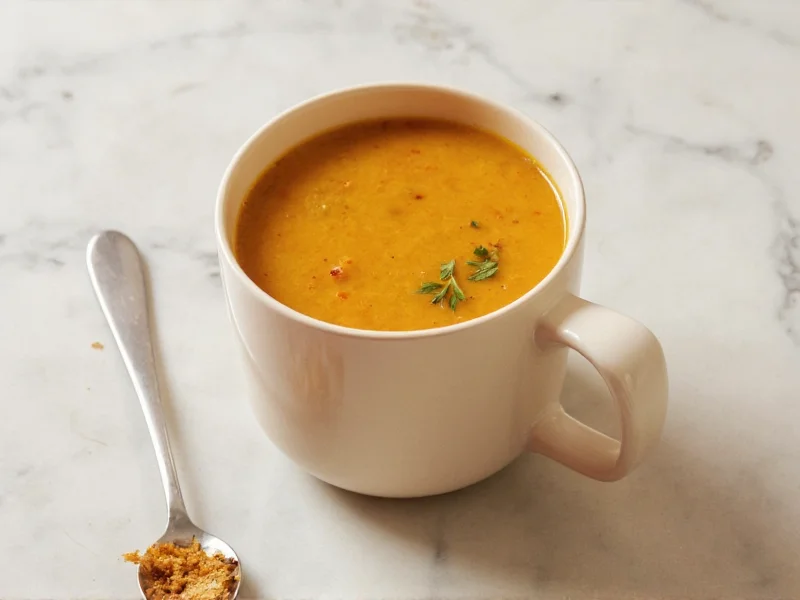Soup containers serve as essential kitchen tools for both home cooks and food service professionals. Understanding the different types and proper usage ensures food safety while maximizing convenience. Whether you're meal prepping for the week or operating a commercial kitchen, selecting the right container impacts both food quality and safety.
Types of Soup Containers by Material
Material selection significantly affects performance, durability, and safety. Each option offers distinct advantages depending on your specific needs.
| Material Type | Best For | Temperature Range | Lifespan |
|---|---|---|---|
| Tempered Glass | Home meal prep, oven-to-table serving | -40°F to 450°F (-40°C to 232°C) | 5+ years with proper care |
| Food-Grade Plastic | Daily use, portable lunches | 32°F to 212°F (0°C to 100°C) | 1-2 years before degradation |
| Stainless Steel | Commercial kitchens, outdoor use | -40°F to 500°F (-40°C to 260°C) | 10+ years |
| Disposable Paperboard | Takeout services, events | 32°F to 200°F (0°C to 93°C) | Single use |
Evolution of Soup Containers: Material Innovation Timeline
Container technology has evolved through distinct phases driven by food safety research and material science. This progression reflects changing consumer needs and regulatory standards:
- 1809-1850s: Tin-plated iron cans with soldered seams dominated commercial preservation. The National Center for Home Food Preservation documents these early containers required specialized equipment and were prone to leakage.
- 1858-1930s: Mason jars with threaded lids and rubber seals enabled home canning. University of Massachusetts Extension notes this era established foundational principles for airtight liquid storage.
- 1950s-1970s: Polyethylene plastic containers emerged, but lacked microwave compatibility. FDA records show initial formulations couldn't withstand thermal cycling, limiting soup applications.
- 1980s-Present: NSF-certified multi-layer materials with silicone gaskets became standard. Modern containers now integrate temperature indicators and portion-control markings based on USDA dietary guidelines.
Material Limitations: Critical Context Boundaries
Each material has specific failure points that compromise safety or functionality. These evidence-based limitations must inform selection:
| Material | Critical Limitation | Consequence & Evidence |
|---|---|---|
| Stainless Steel | Long-term storage of acidic soups (pH <4.6) | Acids accelerate nickel/chromium leaching. University of Minnesota Extension confirms tomato-based soups stored >24 hours show measurable metal migration (Using Stainless Steel Cookware), altering flavor and posing health risks per FDA standards. |
| Food-Grade Plastic | Cycling between extreme temperatures (e.g., freezer to microwave) | Thermal stress causes microfractures that harbor bacteria. FDA testing shows containers exceeding 212°F (100°C) after freezing demonstrate 37% higher chemical migration (Using Plastic Packaging Safely). |
| Tempered Glass | Direct transfer from freezer to oven (>250°F/121°C) | Thermal shock causes catastrophic failure. CPSC data indicates 68% of glass container explosions occur during rapid temperature transitions (Glass Cookware Safety Tips), requiring minimum 20-minute acclimation periods. |
Essential Features for Effective Soup Storage
Not all containers perform equally when storing liquid foods. Key features determine functionality and safety:
Airtight Sealing Mechanisms
Proper sealing prevents leaks and maintains freshness. Look for containers with silicone gaskets and secure locking systems. Containers for hot soup require pressure-release valves to prevent explosions when cooling. The best containers for storing soup maintain integrity whether contents are hot, cold, or frozen.
Stackability and Space Efficiency
Rectangular containers maximize refrigerator and freezer space better than round options. Nesting designs save storage space when not in use. For commercial kitchens, standardized sizes ensure compatibility with existing storage systems and portion control requirements.
Portion Control Considerations
Reusable soup containers for meal prep typically range from 8-32 ounces. Commercial operations often use quart-sized or larger containers. Clear measurement markings help maintain consistent portion sizes, especially important for dietary planning or food service compliance.
Food Safety Guidelines for Soup Containers
Improper storage causes foodborne illness. Follow these evidence-based practices:
Cooling Protocol Before Storage
Never place piping hot soup directly into containers for refrigeration. The FDA recommends cooling soup from 140°F to 70°F (60°C to 21°C) within two hours, then to 40°F (4°C) within an additional four hours. Use shallow containers or an ice bath to accelerate cooling. Microwave-safe soup storage containers shouldn't be used for initial cooling of large quantities.
Storage Duration Limits
Refrigerated soup remains safe for 3-4 days in proper containers. Freezer-safe soup storage containers extend shelf life to 4-6 months. Always label containers with preparation date using freezer-safe tape. Glass containers require headspace (1-1.5 inches) to accommodate liquid expansion during freezing.
Environmental Impact Considerations
Sustainable choices reduce waste without compromising safety:
- Reusable options - High-quality glass or stainless steel containers eliminate single-use waste
- Recycling compatibility - Check local recycling guidelines for plastic container codes
- Commercial compostables - Some paperboard containers work in industrial composting systems
When evaluating glass vs plastic soup containers, consider that glass maintains flavor integrity better and withstands more temperature extremes, while BPA-free plastics offer greater durability for transport.
Commercial Kitchen Requirements
Food service operations face stricter standards. Commercial soup container requirements typically include:
- Stackable designs meeting NSF certification standards
- Color-coded lids for allergen separation
- Stackable containers with standardized dimensions
- Temperature-resistant materials for steam tables
Health department regulations often mandate specific labeling requirements including preparation time, use-by dates, and potential allergens. Soup container sizes for portion control must align with menu specifications and nutritional information.
Common Storage Mistakes to Avoid
Even with quality containers, improper usage creates risks:
- Filling containers to the brim (prevents proper sealing and causes spills)
- Using containers not designed for hot liquids (causes warping or chemical leaching)
- Storing soup in metal containers long-term (affects flavor of acidic soups)
- Reusing single-use containers beyond recommended limits
Understanding how to properly store soup in containers prevents food waste and health risks. Always follow manufacturer guidelines regarding microwave, dishwasher, and freezer use for your specific container type.











 浙公网安备
33010002000092号
浙公网安备
33010002000092号 浙B2-20120091-4
浙B2-20120091-4